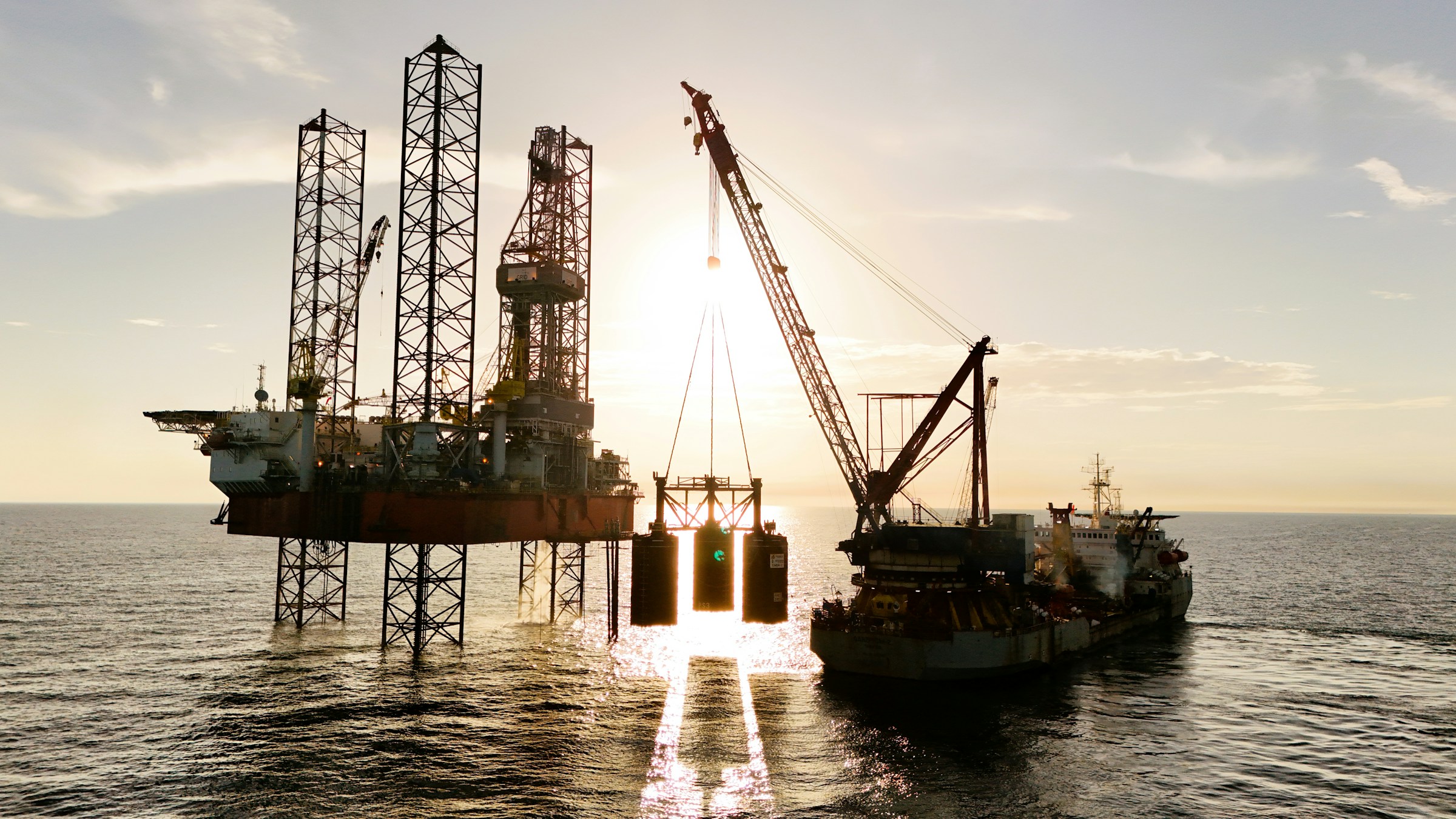Oil prices climbed after a larger-than-expected draw in US crude inventories, yet the headline move tells only part of the story. The immediate driver is clear: oil prices climb on US crude draw, with Brent settling at 66.84 dollars and WTI at 63.21 dollars as investors weighed the latest readout on supply, demand, and geopolitics. The lift coincided with renewed efforts to choreograph talks to end the Ukraine war, even as sanctions on Russian crude remain in effect. The price action is modest, the strategic implications are not.
The US Energy Information Administration reported a six-million-barrel draw for the week ended August 15, far outpacing analyst expectations. Refinery utilization ran hot, and exports accelerated, which together drained tanks and validated the demand side more than recent macro gloom would suggest. In short, this was a classically bullish weekly print that tightened visible balances.
Geopolitics is pushing and pulling the curve in unconventional ways. President Trump has framed a potential settlement architecture in which the US would help assure Ukraine’s security alongside Europe, without committing ground troops. That formulation lowers the probability of direct US-Russia military confrontation while preserving leverage on sanctions. Markets are treating the peace-process headlines as a volatility factor rather than a directional conviction, which explains why prices remain anchored in the mid-60s despite a strong inventory draw.
The trade dimension is sharpening. Washington’s threatened 25 percent levy on Indian goods from August 27, tied explicitly to New Delhi’s continued intake of Russian crude, is the clearest attempt yet to weaponize tariff policy against secondary buyers of sanctioned barrels. Tariffs of that size, if implemented, would export the energy sanctions regime into non-energy trade lanes and force boardrooms to price geopolitical risk into apparel, autos, and electronics supply chains. India’s state refiners have nonetheless resumed purchases of Russian grades for September and October delivery after discounts widened again, a signal that commercial economics still dominate when spreads justify them. Russia, for its part, is telegraphing that India will keep receiving barrels and that a trilateral energy channel with China and India remains on the table.
Supply posture is fragmenting by region. Saudi exports slipped in June to a three-month low, an optical reminder that OPEC+ discipline is still the anchor for the producer bloc’s strategy. The policy choice is familiar: defend price and optionality now, even if it cedes some incremental share to opportunistic flows elsewhere. Contrast that with Norway, where July hydrocarbon output exceeded the official forecast by nearly four percent, underscoring how non-OPEC Europe is leaning on North Sea reliability to cushion the continent’s import mix. The divergence is strategic, not cosmetic. Riyadh is managing a quota-aligned, revenue-optimization play; Oslo is delivering incremental molecules to reinforce European energy security and fiscal receipts.
The Iran variable is not ready to unlock. Tehran’s foreign minister said the moment has not yet arrived for “effective” nuclear talks with Washington, even while maintaining a floor under cooperation with the IAEA. That stance keeps a latent supply release theoretical rather than tradable, which matters for medium-term balances. Pricing in a rapid return of sanctioned Iranian barrels would be premature.
What does this configuration say about corporate strategy and regional divergence. First, the Atlantic Basin is doing more of the heavy lifting on visible draws because US refiners have the capacity, the crude slate flexibility, and export outlets to translate tightness into product flows. Utilization above ninety-six percent is not an accident; it is the product of advantaged logistics and margin capture at Gulf Coast complexes. Second, MENA producers with swing capacity are privileging control over cadence: adjusting exports at the margin while watching peace-talk signaling and tariff diplomacy for clues on price elasticity. Third, Asia’s big buyers are hedging with barrels rather than paper. The fact that India’s state refiners resumed Russian purchases as soon as discounts widened tells you everything about their procurement logic under sanction overhangs. The tariff threat is a constraint, not a veto, unless and until it bites in non-energy corporate P&Ls in a way that outweighs the feedstock savings.
If peace architecture advances, the risk premium embedded in logistics, insurance, and sanction circumvention may compress further, but not uniformly. Russian flows would remain policy-contingent, and any phased sanctions relief would come with verification mechanics that extend timelines. If talks stall, the tariff vector becomes the more active instrument, with knock-on effects for India-US supply chains and for the spreads that make marginal Russian barrels attractive in Asia. Either way, this is not a simple demand story. It is a governance story about how barrels move, who pays the policy cost, and which regions can translate refinery runs into export earnings while others manage quotas for fiscal stability.
In that light, oil prices climb on US crude draw is less a bullish cue than a systems-level signal. Inventory tightness is real, but so are the political guardrails that cap upside. OPEC+ will not race to flood the market while the peace process is inconclusive. US refiners will keep converting every backlog of crude into products while margins justify runs. Asian buyers will arbitrage discounts while they exist and absorb tariff risk if the math still works. Strategy leaders should treat this tape as a test of resilience rather than a turn in the cycle. The pivot that matters next is not a price spike, it is whether trade policy becomes the new energy sanction.













.jpg&w=3840&q=75)
.jpg&w=3840&q=75)
